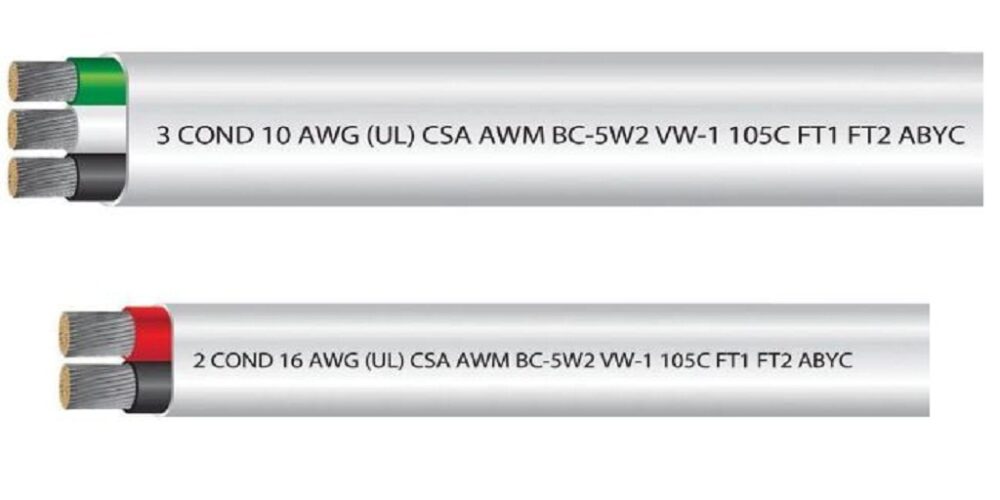So your boat needs new battery cables and you’re thinking you can just go on down to the automotive shop and get a battery cable or a harness that is rated according to the voltage level and service of the setting – but that’s wrong. Well, it might work, for a while, but sooner or later you’ll be wishing you got a dedicated boat battery cable instead of cheaping out. The colors “red” and “black” are far from the only things that qualify electrical leads for batteries – especially in marine environments.
There are two specific traits you need to look for in marine battery cables in order to ensure that the cables themselves are suitable for use as electrical leads in marine environments. The first of these is a high degree of flexibility. In the event you don’t trust labelling and want to be able to look for this on your own, look right past “marine battery cable” and go right for the specifications.
What you’re looking for is a very high strand count of individual copper conductors. The higher the strand count, the more flexible and forgiving the battery cable itself will be. Of course, the exact strand count will vary based on the gauge of the wire, but it is not uncommon for boat battery cables to be made with hundreds or even thousands of individual conductors.
This flexibility is necessary for two important reasons. One is that the boat itself will be in constant motion, even when it looks like it’s at rest in a harbor or in a slip. When everything is in motion, the cable needs to be able to bend, because you know what they say about things that don’t bend.
The other reason is because the space behind the scenes in boats and ships, like in the battery compartment, for example, is very unforgiving. There’s little space to begin with, and electricians and electrical engineers will have to bend those marine battery cables they’re working with to the will of the environment. The same thing applies here – inflexible cable will be impossible to work with, and difficult to maintain connections. Flexible cable is superior.
The other trait you need to look for in marine battery cable, in addition to a high degree of flexibility, is the trait of individually protected conductors. In marine settings, the outer PVC jacket or insulation is not adequate to protect the cables from the corrosive ravages of a marine setting.
In this particularly corrosive setting, you need individually protected conductors, and often this protection is provided in the form of tinning. During production, marine battery cables are created with copper conductors that are individually tinned, giving them a silver appearance. At first glance, you might believe these cables to be made from aluminum, but that is a rookie’s mistake – they’re just copper coated in tin.
This tin coating better equips the conductors to resist the ravages of corrosion, which, as you know, is particularly severe in marine settings. Exposed copper wouldn’t last very long. So there you have the two traits you need to secure in marine battery cables – flexibility and individually tinned copper conductors.
Luckily, these are more or less standard among boat battery cables, and finding these traits is not particularly difficult. To do so, just visit a reputable seller of electrical wire and cable, like EWCS Wire, at EWCSWire.com. The aptly named Electrical Wire and Cable Specialists provide not only high quality marine battery cables but a variety of other specialty equipment as well, including but not limited to alarm and instrumentation cable, building wire and cable, welding cable, and much more. Visit their website today, and if you have any questions, call their team at 800-262-1598.












